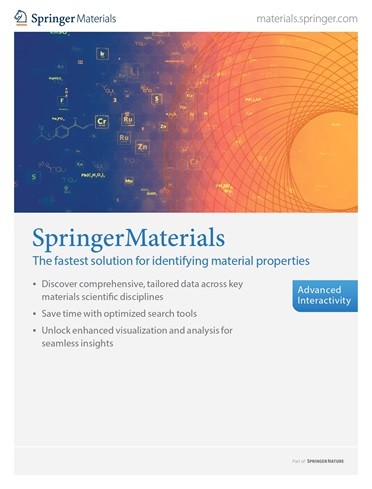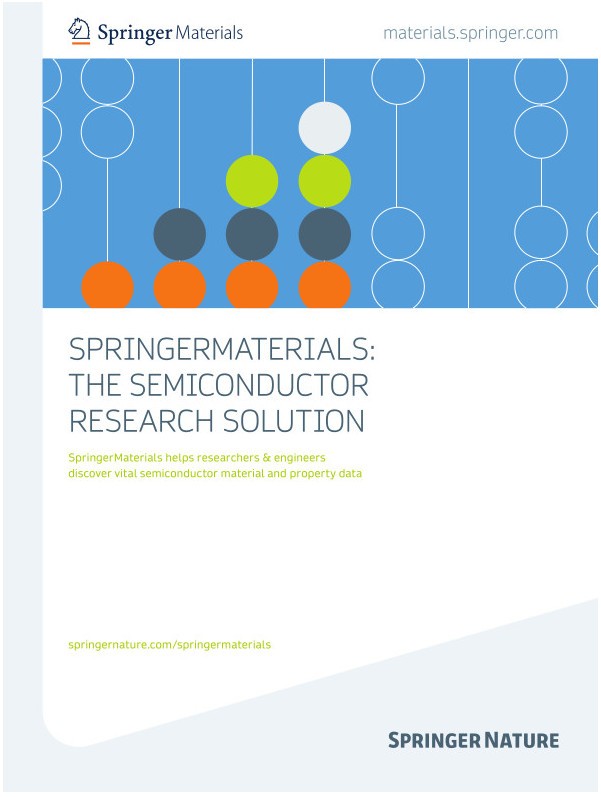SpringerMaterials, one of the world's largest curated databases in materials science, takes center stage in scientific research. With an extensive collection of over 290,000 materials and 3,000+ physical and chemical properties, this comprehensive platform emerges as an indispensable asset for researchers in materials science, physics, chemistry, engineering, and beyond.
Covering an array of research areas, SpringerMaterials delves into the realms of bulk and fine chemical manufacturing, petroleum and petrochemicals, organic-inorganic perovskite materials, semiconductors, electronic and optical materials, ceramics, polymer synthesis and processing, and materials for fuels and energy applications. This vast coverage enables users to explore and analyze critical data from trusted sources, fostering well-informed decision-making and groundbreaking discoveries.
Whether you are an academic, a professional, an undergraduate or a researcher at every level, SpringerMaterials offers a wealth of curated data and advanced functionalities to propel your research to new heights.
Start exploring - visit and preview the database today at materials.springer.com.






